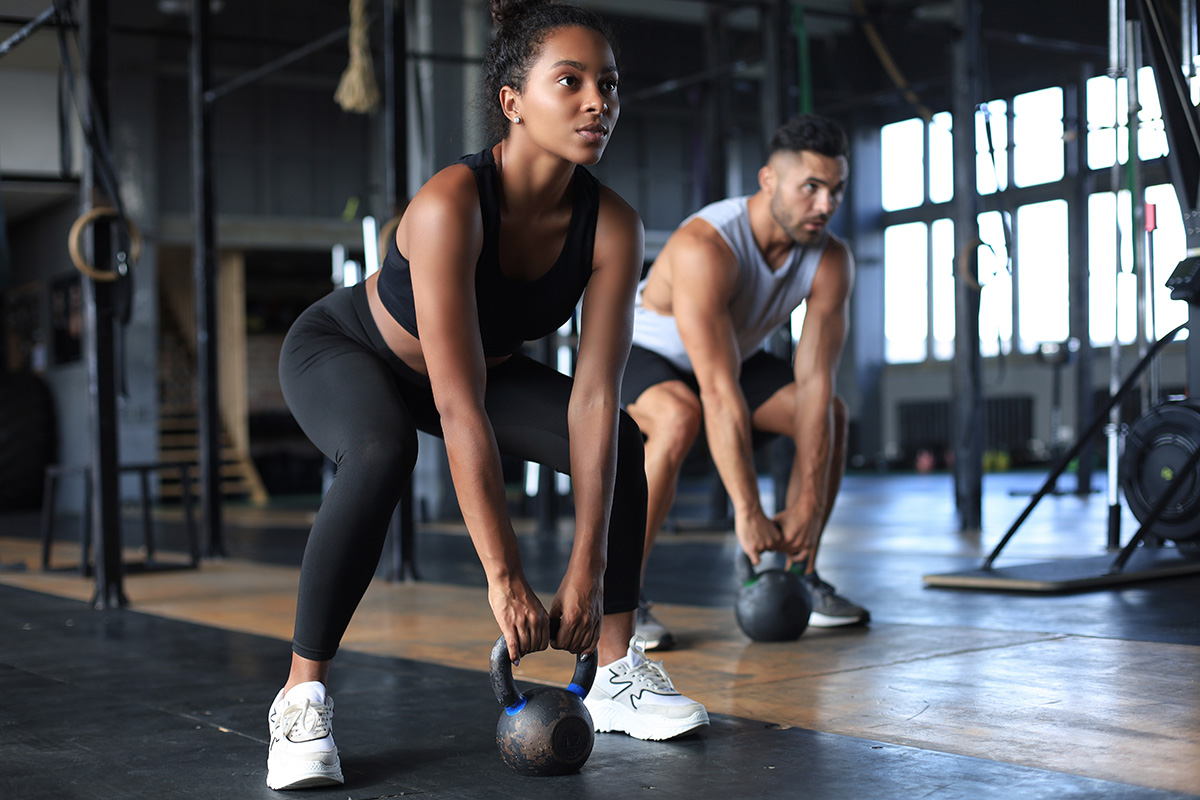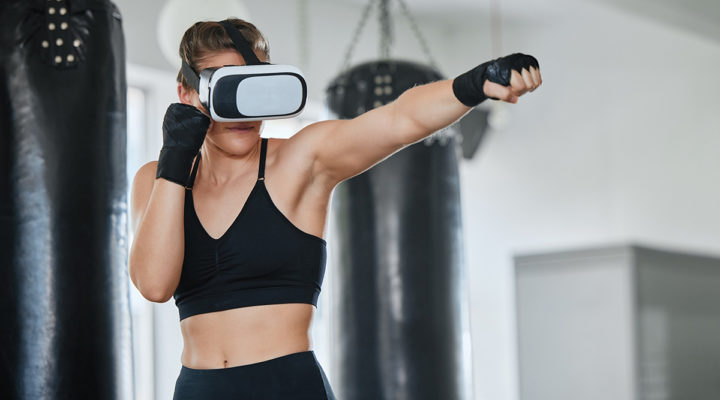The Biggest Fitness and Wellbeing Trends to Look Out for in 2023

2022 was a mammoth year for fitness. Gym classes soared in popularity after ‘normal life’ resumed post-lockdown, strength training reigned supreme and TikTok had us all trying the viral 12-3-30 challenge.
With the physical and mental wellbeing market still booming, expect to see a whole range of new fitness trends and tech emerge over the next twelve months.
To help you get ahead of the game, we’ve shared our forecast of what’s going to be big in the world of wellbeing this year.

Hybrid training
After two years of sweating it out in our living rooms, many of us have jumped straight back into our pre-existing gym schedules. Others have enjoyed the flexibility of squeezing in a home workout when we’re short on time.
With the hybrid training trend, we have more options. The term means using an integrated mix of virtual and in-person classes so we can keep working towards our fitness goals, wherever we may be.
With the Les Mills Global Fitness Report finding that 84% of gym members now exercise at home, online workouts are getting bigger and better. Over the lockdown, many gyms launched digital training platforms to supplement their in-studio classes.
Expect to see hybrid timetables rule the roost this year, with more live-streaming sessions, weekend workshops, online drills and recovery sessions which bring the boutique gym experience into the home.

Metaverse training
The expansion of the metaverse is one of the most exciting fitness tech developments to happen in recent years. If you’re not up-to-date with your tech buzzwords, the metaverse is a catch-all phrase for a virtual reality world that’s accessed through a browser or headset.
Fully immersed virtual workouts will come to the fore this year, placing users in 360-degree landscapes, with live-action quests and challenges that gamify training.
FitXr is leading the pack, an app that syncs up with an Oculus Quest headset and offers daily on-demand classes that challenge users to punch and jab moving virtual targets in time with music. The company has also just launched multiplayer mode so gamers can take on friends in a fitness challenge.
Les Mills is another major fit tech company that’s jumped on the trend with the Bodycombat VR app – a martial arts fitness game that helps you break a sweat in futuristic landscapes. For those of us that struggle with gym motivation? Apps like Sweatcoin, MetaGym, and Dotmoovs pay users in crypto, so there’s even more incentive to roll out of bed in the morning.
Primal movement
We know that living a sedentary lifestyle is a major health issue. In the UK, around 1 in 3 men and 1 in 2 women are not active enough for good health. The other big problem? The majority of our workouts are limited to one linear plane. Whether running, pushing, pulling, cycling or lifting, straight-ahead movement limits our mobility.
Primal movement encourages us to explore twisting, crawling and stretching in different directions, utilising natural human movement patterns that feel good. By reconnecting with the fluid movements of our ancestors, experts say we can increase our flexibility, reduce injury and improve our balance.
Expect to see more primal movement classes springing up at boutique studios across the country, as well as moments of ‘primal play’ in yoga and pilates sessions.

Sleep syncing
Lots of us are already using wearables to track the quality and duration of our sleep. This year, we’ll be taking things one step further with sleep syncing, which involves adjusting your evening and morning schedule to match your circadian rhythm.
Examples of sleep syncing could be adjusting your bedtime so you wake up naturally with the sunrise, or eating lighter meals in the evening so you’re not digesting food while you’re trying to drift off. The idea is that you hack your waking routine so you’re primed for the best night’s sleep possible.
If you struggle to get enough shut-eye, brain-boosting nootropics designed especially for bedtime will also help us to nod off peacefully in 2023.
Cycle syncing
As we shrug off the taboo around the topic of menstruating, the fitness world is waking up to the fact that fluctuations of hormones across the menstrual cycle can play a major role in how women feel.
Cycle syncing is a female wellness trend that involves tweaking what you eat, drink and do based on your menstrual cycle. The Jennis app is just one start-up that’s helping women to become more body literate. The app teaches users to choose the right type of movement for the four phases of their menstrual cycle. According to the fitness start-up, women can achieve up to 15% more strength gains by training in this way.
Period tracking app MyFlo also shares suggestions of what to eat to help manage and minimise period niggles like mood swings, tiredness and bloating. Less work, better results and fewer symptoms? We’re game.


















